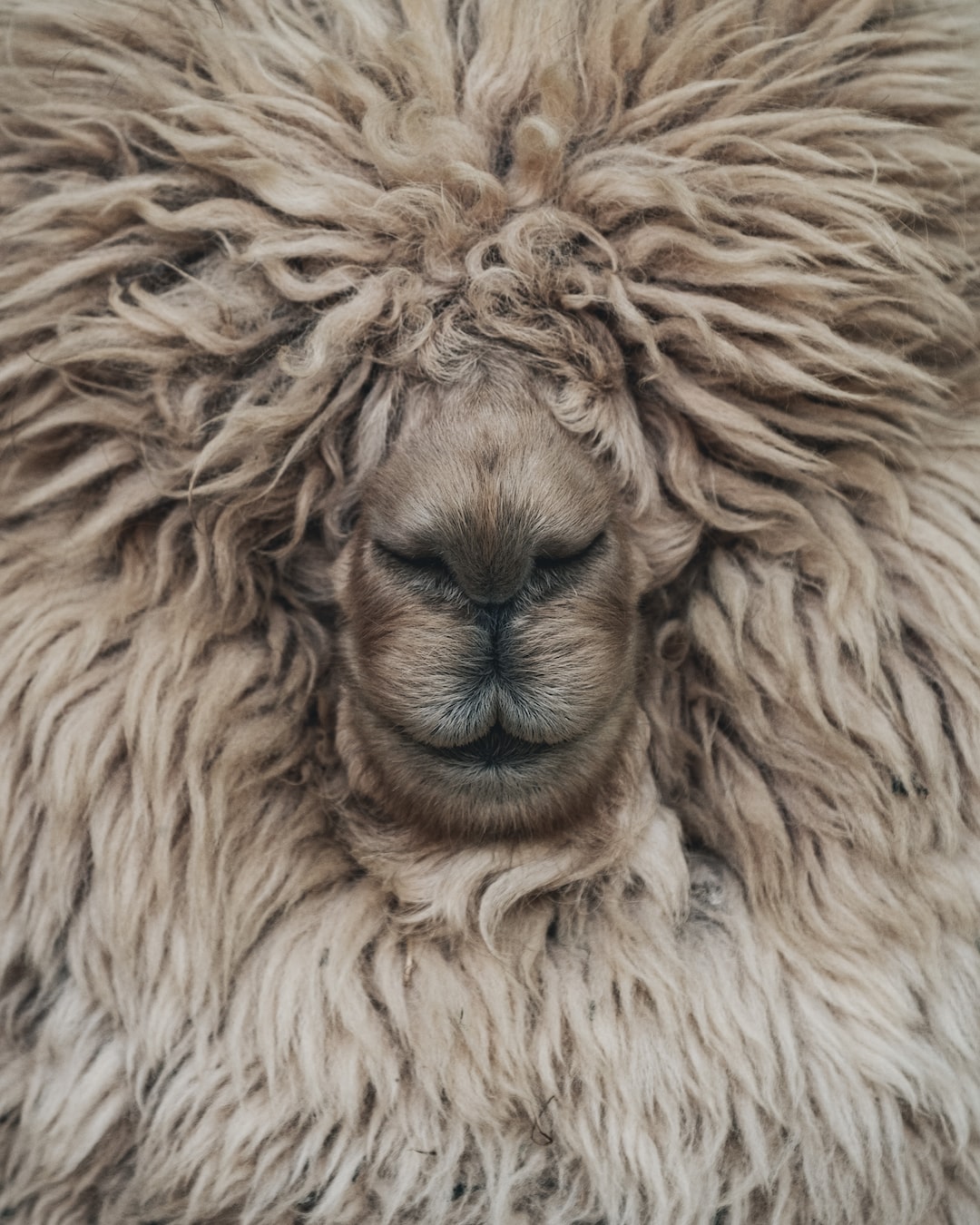As social creatures, humans are not the only ones who rely on their social connections. Many animals also form strong bonds with others in their species, and these social bonds often play a crucial role in their survival and well-being.
From the intricate social hierarchies of primates to the complex cooperative behavior of ants, social animals have developed a wide variety of strategies for living and thriving in group settings. In this blog post, we will explore some of the fascinating ways that social animals interact with each other, and how these interactions support the health and happiness of the animals involved.
Social Animals and Community
One of the most important features of social animals is their sense of community. Many animals live in groups that are essential to their livelihoods. For example, many breeds of birds migrate in large flocks, which allows them to share the responsibilities of navigation and protection against predators. Similarly, many species of primates form large social groups, with individuals fulfilling specific roles such as grooming, parenting, or leading the pack.
In addition to providing physical benefits, community also plays an important emotional role for social animals. By living in a group, animals have the opportunity to bond with others in their species. These social bonds can be incredibly strong, with individuals forming attachments that last for years or even decades. Social animals communicate in a variety of ways, including vocalizations, physical touch, and gestures, further strengthening emotional ties between individuals.
Social animals also engage in cooperative behaviors that help strengthen the bonds between members of their community. For example, meerkats are well-known for their teamwork in foraging and predator defense. Each individual is responsible for scanning the surroundings for danger and warning the others if they spot a threat. Similarly, ants work collaboratively to build underground nests, forage for food, and protect their colonies.
Social Animals and Conflict
However, living in a community does not always mean that social animals get along perfectly. Just as humans experience conflicts and disagreements with others in their social groups, social animals also engage in aggressive behaviors towards others of their own species.
One of the most observable types of conflict in social animals is dominance behavior. Dominance hierarchies are common in many animal groups, and they can help establish order and minimize conflict within the group. For example, in a group of chimpanzees, the dominant male may have exclusive mating rights, but also takes on the responsibility of leading the group and protecting its members from danger.
However, dominance behavior can also lead to aggressive interactions between individuals. In some cases, individuals may become isolated or ostracized from the rest of the group. This can have negative consequences for their health and well-being, as social isolation has been linked to a range of negative outcomes.
Social Animals and Mental Health
Just like humans, social animals can experience mental health issues in response to stress or other challenges within their social group. For example, social isolation can lead to depression or anxiety in primates, and can have negative effects on immune function.
However, social animals also have the benefit of their strong social connections, which can help to mitigate the negative effects of stress. For example, when a baboon experiences social exclusion, it is more likely to become sick or die than when a baboon is socially well-connected. Similarly, when prairie voles receive social support from their mates or other members of their social group, it helps to buffer the negative effects of stress on their health.
Building Stronger Communities
Given the importance of community and social connections for social animals, it is important to understand how we can support these connections in the animals we care for. For example, in zoos and aquariums, it is important to provide social opportunities for animals whenever possible. This may include creating opportunities for animals to interact with others of their own species, or providing toys or environmental enrichment that encourages social play.
In addition, we can learn from the ways that social animals naturally build and maintain their social connections. For example, in primates, grooming behaviors are a key way that members of a social group bond with one another. By taking the time to groom and interact with animals in our care, we can help to strengthen these bonds and support the mental and emotional wellbeing of the animals.
Finally, it is important to remember that the social lives of animals are complex and multifaceted. While social animals share many similarities with humans in terms of their need for connection and relationships, they also have their own unique ways of navigating the challenges of living in groups. By taking the time to learn about and understand the social dynamics of the animals in our care, we can help to create more enriched and fulfilling lives for the animals we work with.
In conclusion, social animals have unique social lives that require community and cooperation. They bond by communicating through vocalizations, physical touch, and gestures. Living in groups gives animals a chance to belong, be part of a team and cooperate. Social animals also experience conflict, like humans, with dominance hierarchies among competing members. However, social animals provide emotional support to one another and can combat stress and illnesses better when they belong to a community. This means that we need to recognize the importance of social connections and understand the complex lives of social animals to provide care that meets their unique needs.

